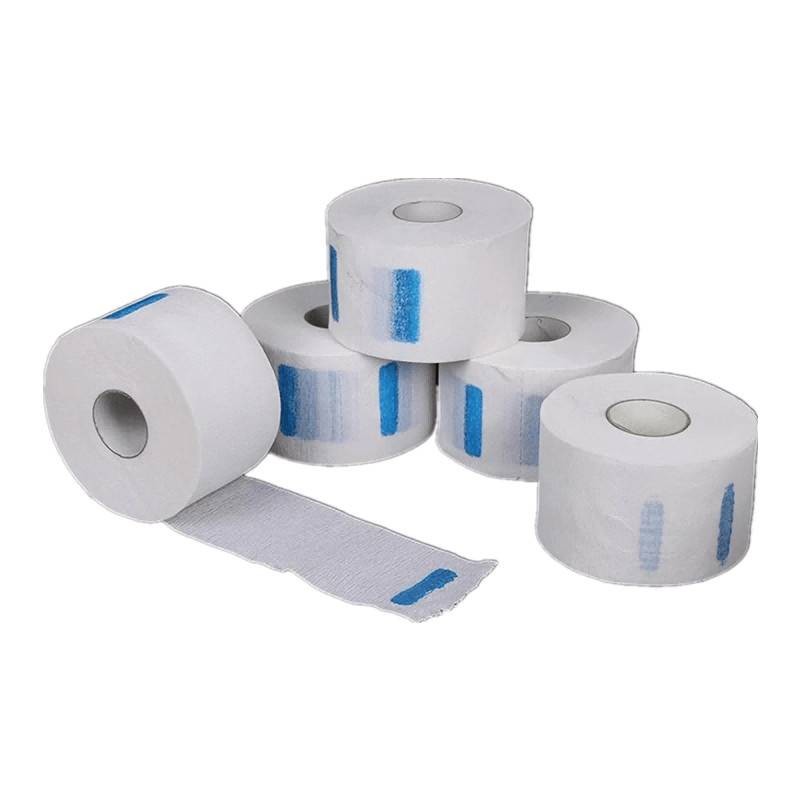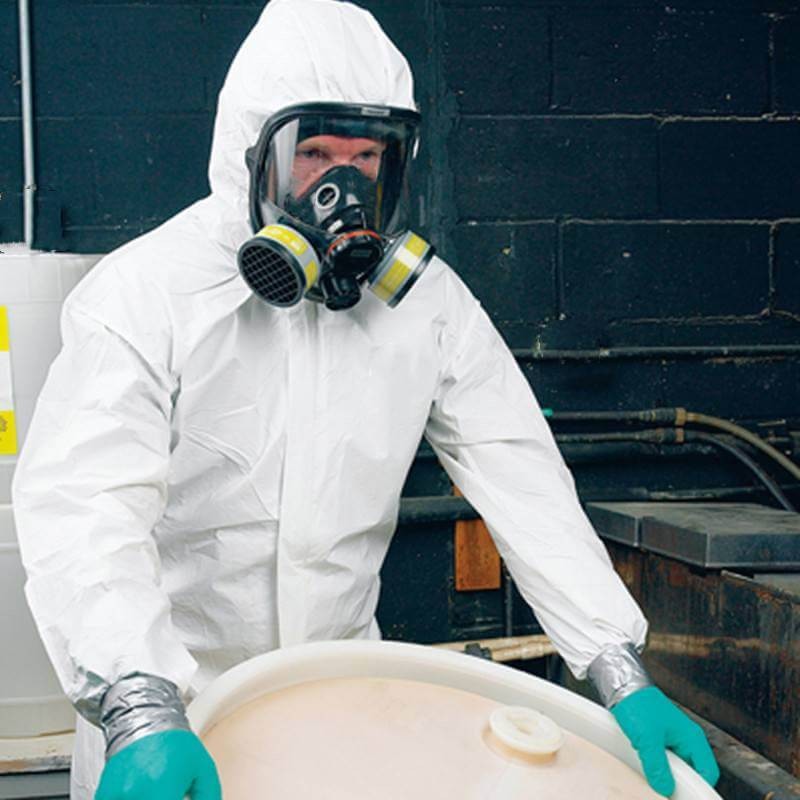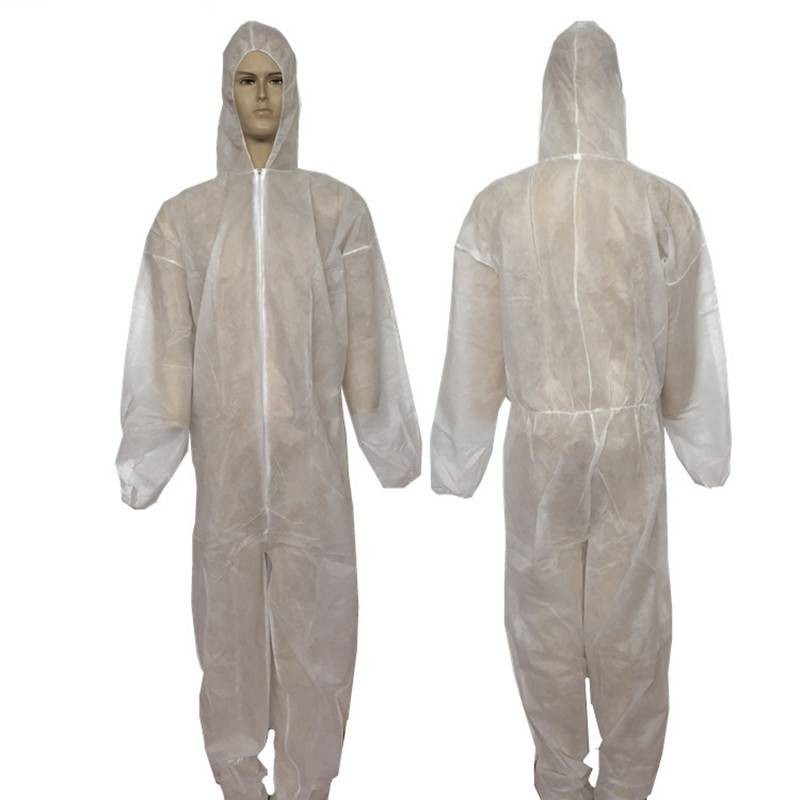Microporous Coverall is one of the urgently needed suits for domestic epidemic prevention and control, and there is a hug demand for medical protective clothing in various regions。
Microporous material is also referred to PE breathable, which has the function of breathability and waterproof, it is widely used in medical (industrial) protective clothing, baby diapers, sanitary products, industrial buildings, etc.
Analysis of the principle of breathable material
The breathable material is an environmentally friendly, breathable (steam) and water-proof (liquid, bacteria, dust) functional material. The emergence of microporous breathable membranes has a history of more than 20 years, and has been rapidly developed in the past 10 years. China is in its infancy in terms of technology, market and application.
Polyolefin breathable film, which is made by adding inert fillers to PE or PP carrier, forming film and stretching. Used in personal hygiene and care products, the breathable membrane is an upgraded product of ordinary water barrier membranes. Breathable membranes cannot be simply replaced with ordinary membranes. Reasonable structure design of the final product is crucial to the performance of the breathable membranes!
The so-called breathable film is a kind of functional inorganic product that is uniformly mixed into the polyolefin raw material, so that the product produces pores due to high stretching during the film forming process, so as to have the function of breathability and moisture conduction; the function of the breathable film In short: water-proof, breathable (moisture), take the most commonly used PE as a carrier as an example.
1. The principle of breathability
The principle is very simple: Inorganic material + stretching = micropores. In fact, the operation is very particular. Only micropores with appropriate size and uniform distribution are effective as shown in Figure 1:
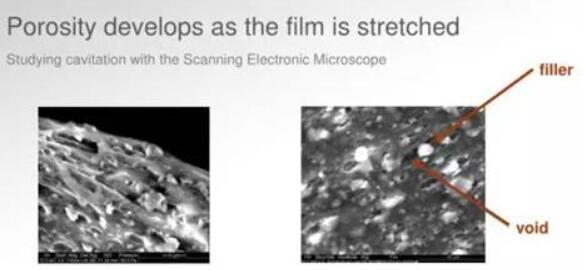
As shown in Figures 2 and 3 below, insufficient stretching and too small pore size, insufficient stretching and no pore size, poor stretching and undersized micropores can only be waste products.
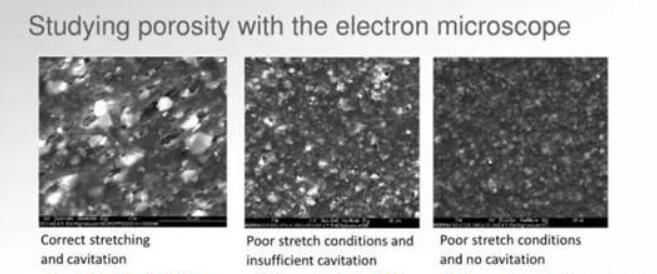
2. Basic film forming principle of breathable film
The film forming principle of breathable film: PE+CaCO3 (masterbatch) --- film formation --- stretching --- breathable film
The PE breathable film is blended with LDPE/LLDPE polyethylene resin carrier by adding about 50% of special calcium carbonate, and then oriented and stretched to a certain ratio after being extruded into a film. Since polyethylene resin is a thermoplastic plastic material, it can be stretched and crystallized under certain conditions. During stretching, the interface between the polymer and the calcium carbonate particles will be peeled off, and the interconnected serpentine pores are formed around the calcium carbonate particles. Or channels, it is these pores and channels that give the film a breathable (wet) function, thereby communicating the environment on both sides of the film.
3. The mechanism of action of the breathable membrane
When the water vapor concentration on one side of the membrane is greater than the environment on the other side of the membrane, a humidity gradient pressure difference is formed. This provides the basic conditions for gas (vapor) convection. Due to the formation of convection, the humidity environment on both sides of the film tends to be relatively balanced.
The breathable membrane is used as a water-proof membrane and has a barrier effect on liquids. Because of the many passages in the membrane, the tortuous channel formed by it has a large "L/D" value, which can be understood as a capillary. Therefore, under the same liquid (such as water) and the same pressure, as long as the height of the liquid column of the capillary is less than the length of the capillary, the liquid will not leak out.
Therefore, the water resistance of the film directly depends on the pore size and channel length of the breathable film. This performance can usually be measured by water pressure resistance (ΔP). When the water pressure exceeds the water pressure resistance value that the microporous membrane can withstand, water will leak out.
According to the above capillary principle, the water pressure resistance of the micropores of the microporous membrane can be replaced by the capillary osmotic pressure ΔP, which can be expressed by the following formula:
ΔP=2σcosα/d
among them:
ΔP-Osmotic pressure (Pa)
σ—surface tension (N/m)
α—contact angle (degrees)
d—Capillary diameter
It can be seen that the water pressure resistance requirements (safety requirements) can be met by designing different micropore diameters and film thicknesses; obviously, WVTR requirements can also be achieved by changing the micropore diameter and micropore density of the film.


